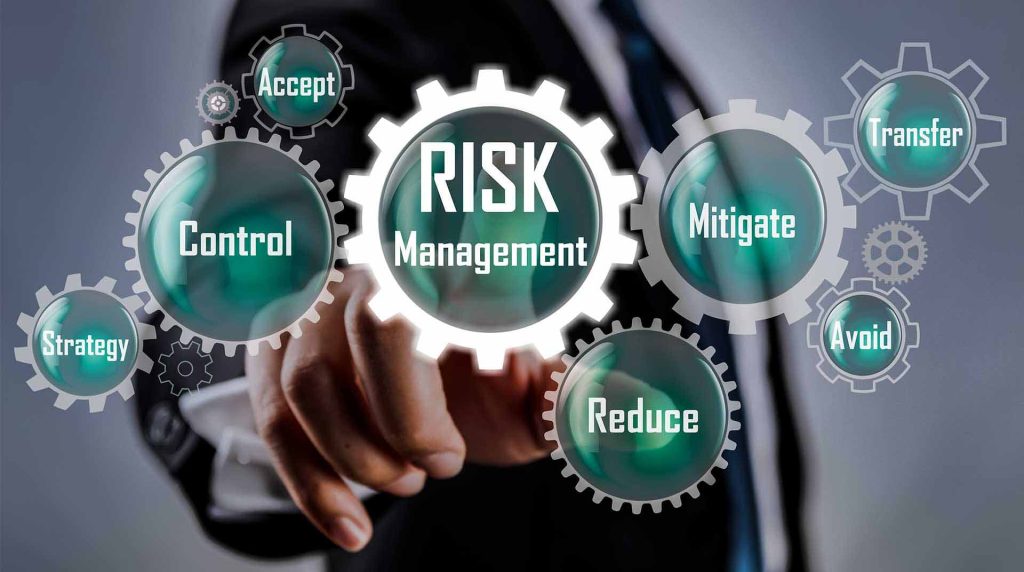
The MBA in Contracts & Project Management
The MBA in Contracts & Project Management In the evolving world of business, the need for skilled professionals in both contracts and project management has never been greater. The MBA in Contracts & Project Management is designed to equip professionals with the skills, knowledge, and competencies required to handle complex projects and contracts. This specialized MBA focuses on key areas such as planning, risk management, negotiation, team leadership, and more, offering a comprehensive understanding of how to effectively manage both projects and the contracts that support them. Why Contracts & Project Management Matters? Contracts and project management are the backbone of many industries, including construction, IT, finance, and more. Whether it’s negotiating terms with a vendor, managing risks associated with a construction project, or delivering a multi-million-dollar IT initiative, professionals need the right tools and expertise to ensure success. This is where the MBA in Contracts & Project Management comes into play, providing individuals with the education needed to take on leadership roles in the field. The course covers fundamental concepts that play a critical role in ensuring the successful delivery of projects while effectively managing contracts and minimizing risks. By combining both domains, students gain a strategic advantage, learning how to leverage contract structures to manage project risks effectively while ensuring seamless delivery of business objectives. Key Learning Objectives Understand How to Plan and Manage Projects The course teaches the essential principles of project planning, including defining project scopes, setting timelines, allocating resources, and ensuring quality control. Learn About Different Contract Types and How They Transfer Risk Students gain in-depth knowledge of various contract types, such as fixed-price, time-and-materials, and cost-reimbursable contracts, learning how each type impacts risk and project delivery. Develop Negotiation Skills Effective negotiation is a cornerstone of both contract management and project management. Through case studies and role-playing, students learn strategies for negotiating favorable terms and ensuring both parties’ interests are met. Learn How to Set and Measure Project Goals With an emphasis on performance metrics and Key Performance Indicators (KPIs), students learn to set realistic, measurable goals that ensure projects meet their objectives on time and within budget. Learn How to Identify and Analyze Project Risk Risk management is essential for project success. The course provides tools and methodologies to identify potential risks, assess their impact, and create mitigation plans. Learn How to Select and Lead Project Teams Leadership and team selection are vital to the successful completion of projects. Students develop the skills to build and lead effective teams, fostering collaboration, innovation, and high performance. The Importance of an MBA in Contracts & Project Management An MBA in Contracts & Project Management prepares individuals for leadership roles in project-driven organizations. Professionals with this MBA can oversee complex projects, ensuring effective contract management, risk mitigation, and successful project delivery. Career Advancement The course opens doors to managerial and executive roles in project management, contract administration, and procurement. Holistic Knowledge An MBA that covers both contracts and project management equips professionals with a unique perspective, allowing them to handle both technical and strategic aspects of projects simultaneously. Real-Life Examples with Solutions & Impacts Example 1: Construction Project Management A construction company using an MBA-trained professional might face challenges like supplier delays, safety concerns, and rising costs. The project manager, with expertise in both contracts and project management, can navigate these challenges by renegotiating contracts, managing resources more effectively, and applying risk management strategies to ensure the project stays on track. Example 2: IT Project Delivery In the tech industry, an IT company may face challenges like scope creep, missed deadlines, or misalignment with client expectations. A professional with an MBA in Contracts & Project Management can use their knowledge of both contract terms and project management methodologies to renegotiate timelines, redefine project scopes, and improve communication between stakeholders. Future Trends in Project & Contract Management As industries evolve, project and contract management must adapt to new technological advancements, business practices, and global trends. Here are a few future trends: Agile Project Management Agile methodologies, such as Scrum and Kanban, are becoming increasingly popular, especially in the tech and software industries. Agile provides flexibility, allowing project teams to adapt quickly to changing requirements and conditions. AI and Automation in Project Management Artificial Intelligence and automation are revolutionizing project management. From resource allocation to predictive analytics, these technologies help project managers make data-driven decisions, reducing costs and improving efficiency. Blockchain for Contracts Blockchain technology has the potential to revolutionize contract management by providing secure, transparent, and automated contract execution. Challenges in Contracts & Project Management Complexity of Global Projects Managing projects across borders introduces complexity due to cultural differences, local regulations, and different legal frameworks for contracts. Risk Management Properly identifying and mitigating risks, especially in large-scale projects, remains one of the biggest challenges in both project and contract management. Talent Management Leading a team of diverse professionals with various skill sets and aligning them to the strategic goals of a project is a constant challenge. Cost of Risk in Contracts & Project Management Risk management is critical to maintaining cost efficiency in projects. If risks are not identified and mitigated early, they can lead to cost overruns, project delays, and poor quality. For instance, a company that doesn’t account for potential risks in its contracts may face unforeseen legal costs or penalties. Professionals with an MBA in Contracts & Project Management can anticipate such risks and take proactive steps to avoid them. Pros and Cons of an MBA in Contracts & Project Management Pros: Career Opportunities: Opens doors to leadership positions in a wide range of industries. Skill Development: Equips professionals with practical skills in both project and contract management. Increased Earning Potential: MBA graduates often see significant salary increases and more opportunities for career advancement. Cons: Time and Financial Investment: The MBA course requires a significant investment in time and money. Challenging Curriculum: The curriculum is intensive, demanding strong analytical, leadership,









